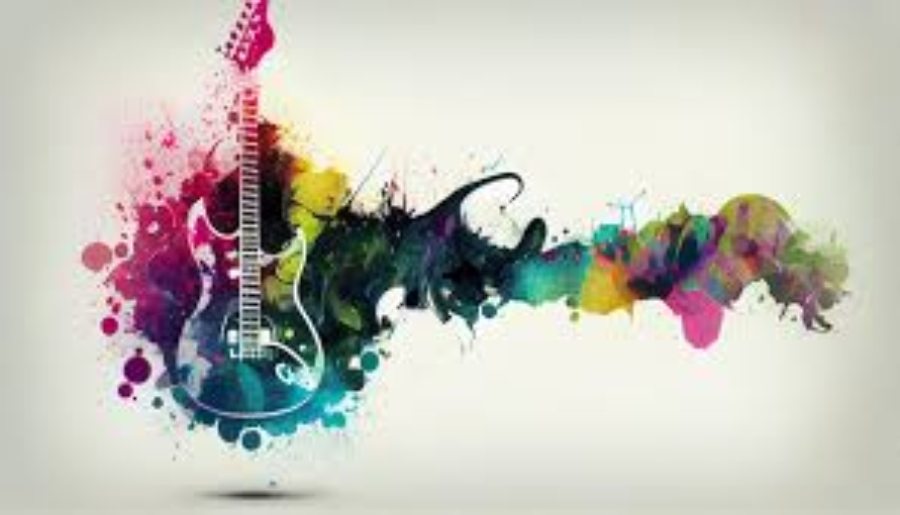

A musical theater production featuring music, dancing, and speech, with a straightforward yet unique plot that is characterized by sentimentality and humor.
The heyday of musical comedy was in the 1920s and 1930s. In collaboration with Guy Bolton and P.G. Wodehouse, Jerome Kern penned some exceptional comedies. Oh, Kay! (1926), Funny Face (1927), Strike Up the Band (1930), and other songs were written by George and Ira Gershwin together. Cole Porter composed elegant and timeless music for musicals like Dubarry Was a Lady (1939) and Anything Goes (1934). Harold Arlen, Jule Styne, Vincent Youmans, Richard Rodgers, and Oscar Hammerstein II were among the other well-known composers and lyricists of this era.
Subsequent musicals, such as Rodgers and Hammerstein's Oklahoma! (1943), Carousel (1945), and South Pacific (1949), were equally well-crafted as Show Boat. Moreover, Alan Jay Lerner and Frederick Loewe penned some immensely popular musicals, including Brigadoon (1947) and My Fair Lady (1956). Four of their theater pieces were subsequently adapted into film pictures. They also worked together on the 1958 motion picture musical Gigi. West Side Story (1957), co-written by Leonard Bernstein and Stephen Sondheim, is a reimagining of Shakespeare's Romeo and Juliet set in mid-20th-century New York City.
Musical may also refer to

Instruments fall into five categories: brass, keyboard, woodwind, string, and percussion. Their traits, sounds, and methods of production are used to categorize them. This classification system is known as the Sachs-Hornbostel or Hornbostel-Sachs system.
The sitar, sarod, tambura, sahnai, sarangi, and tabla are the most often used instruments in Hindustani classical music, whereas the violin, mrdangam, kanjira, and vina are frequently employed in Karnatak classical music.

Any device designed or modified to produce melodies is considered a musical instrument. Any object that can make sound is, in theory, a musical instrument; an object only acquires this status by being used for a specific purpose. An instrumentalist is a person who plays an instrument for music. Musical instruments have been around since the dawn of human civilization.
Early musical instruments, such a drum in a religious ceremony or a horn to announce a successful hunt, may have been employed for rituals. Eventually, melodies were composed and performed for enjoyment by cultures. As uses and technologies changed, so did musical instruments.
Music is good comunication language for soul.💃💃💃
